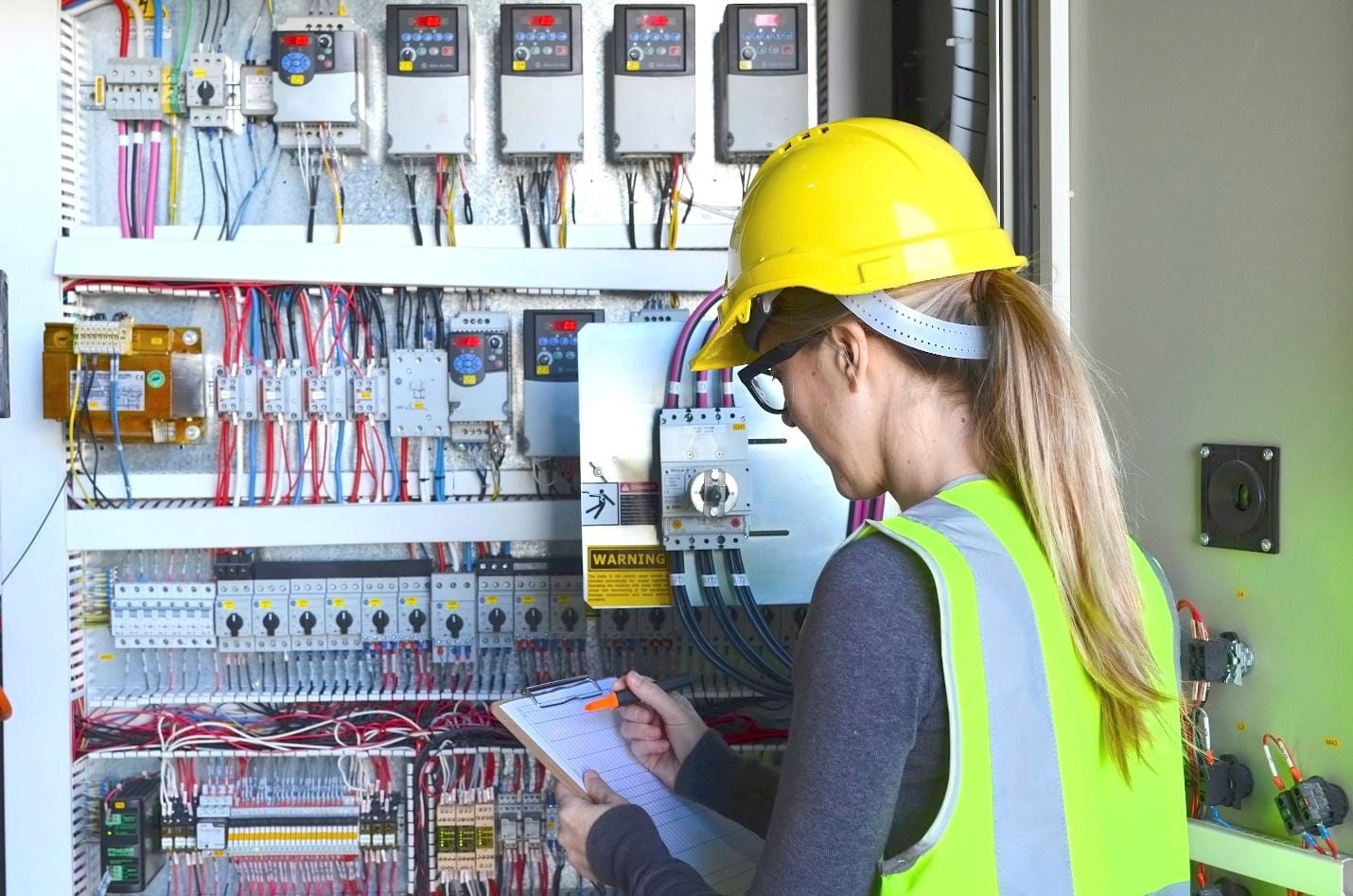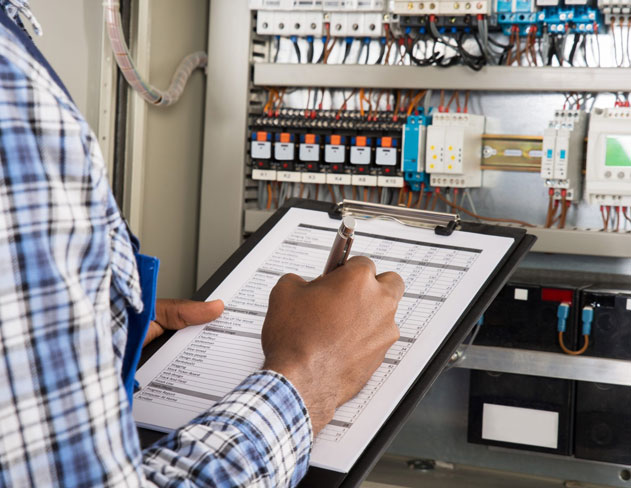Why EICR Is a Lifesaver
EICR is a Lifesaver and is Essential for Property Owners and Residents. Electrical safety should be one of the primary concerns for any property owner or resident, as the consequences of not paying due consideration to electrical safety can be severe.
Outdated and poorly maintained electrical installations can pose a fire and electrocution risk.
Why is a full EICR needed?
Electrical installations cannot be properly assessed based on visual inspection alone.
Cables are usually concealed within ceilings and walls, and in any case a visual inspection of a cable cannot determine whether it is safe or not, the cable would need to be electrically tested.
An Electrical Installation Condition Report is the formal procedure that assesses the safety and compliance of domestic and commercial fixed electrical installations.

1. What is an EICR?
EICR (Electrical Installation Condition Report) was previously known as a Periodic Inspection Report. It is also sometimes referred to as a landlord safety test or a homebuyer’s electrical test.
An EICR is a formal and legal document that shows the results of a thorough assessment of the fixed electrical installation in a property.
The EICR should always be carried out by a professional and approved electrical testing company and should be carried out every 5 years in a domestic setting.
2. Is an EICR absolutely required?
A Domestic EICR is a legal requirement for landlords in the private rental sector and is recommended for all domestic properties.
A Commercial EICR is a legal requirement under the Electricity at Work Regulations 1989 and most insurance companies require it too.
Prospective property buyers may ask for an EICR as proof of quality and safety of the electrical installation.
3. How is an EICR test performed?
All parts of the fixed installation are tested and checked for regulatory compliance including the wiring, sockets and switches, lights, and consumer units.
The different parts of the inspection and test can be carried out in any order as the installation is energised but usually a visual inspection is carried out first, followed by dead testing for continuity and insulation resistance.
Then live testing is carried out to check Zs readings and RCD functionality.
4. What does the EICR find?
The EICR safety check will find any defects with the electrical installation, and then assign a code to each defect according to severity. There are a multitude of possible defects with an electrical installation but here is an example of a few:
- Damaged circuit accessories
- Non-compliant consumer units
- Inadequate earthing and bonding
- Lack of required RCD protection
- Wiring faults
- Bathroom special location noncompliance
EICR is a lifesaver!
Many faults cannot be visually identified, and the test must be carried out thoroughly. The EICR shows the results of the test and guarantees that the electrical installation is safe until the next inspection and test.
Want to know more about EICRs?
Click on the links to find out more about the EICR test procedure and our Domestic EICR or Commercial EICR services.
Call to make a booking now on 0207 3154151 or book an appointment for a Domestic EICR online.

